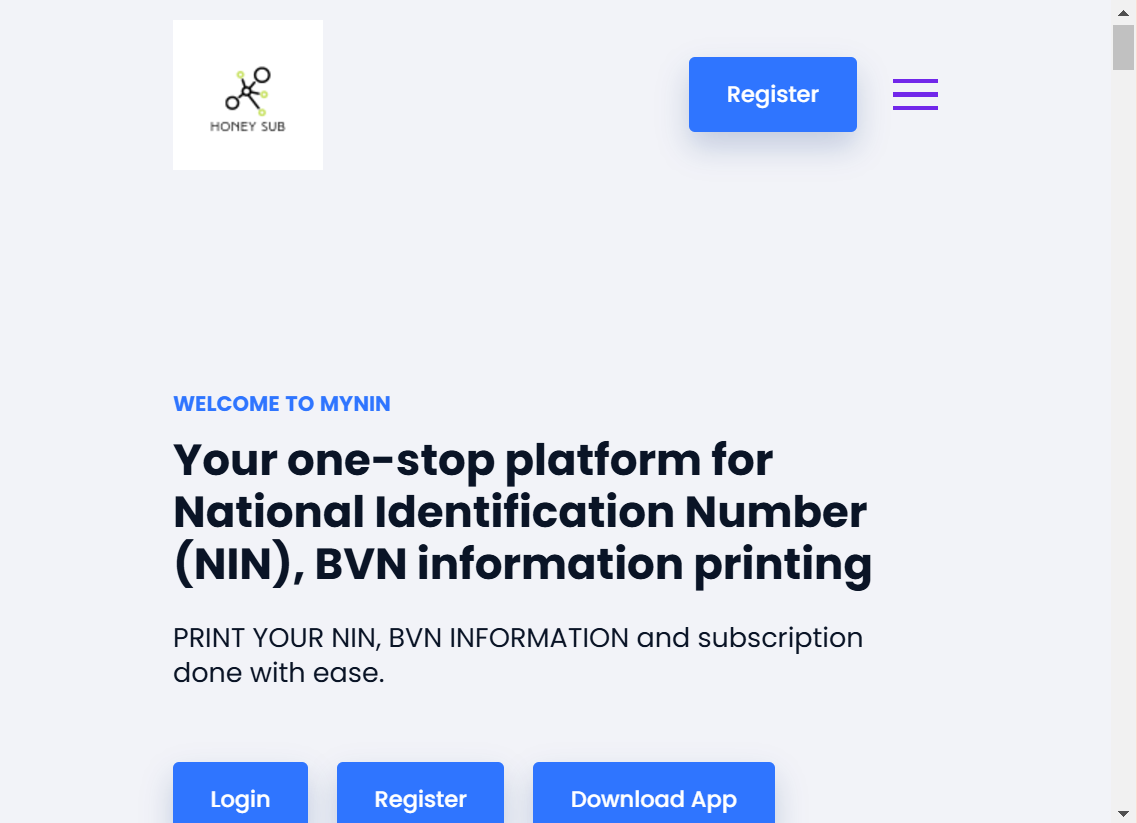This guide will help you retrieve and undo an email from the archive, keeping you organized and stress-free.
Emails are an essential part of our daily communication; work or personal matters, it’s crucial to keep our inboxes organized and accessible. However, we sometimes accidentally archive an email or do so intentionally, only to realize later that we need it back. If you find yourself in this situation, don’t worry!
What Does Archiving an Email Mean?
Before we get into the retrieval process, let’s first understand what archiving an email means:
- Archiving removes the email from your inbox without deleting it.
- The email is stored in a separate folder, not your inbox.
- Archiving helps keep your inbox clean while retaining important emails for future reference.
Archiving is useful for keeping your inbox clutter-free. But if you need an email back in your inbox, retrieving it is easy.
How to Retrieve an Email from Archive
Retrieving an archived email is a simple task. Follow these steps:
- 1. Log into Your Email Account:
- Start by logging into your email account. The process is generally similar across different email platforms (Gmail, Outlook, Yahoo, etc.).
- 2. Go to the Archive Folder:
- Locate the archive folder in your email account.
- It’s usually listed with other folders like Inbox, Sent, and Drafts.
- Different email providers may label this folder differently:
- Gmail: “All Mail”
- Outlook: “Archive”
- Yahoo Mail: “Archive”
- 3. Search for the Archived Email:
- Use the search bar to find the email if you remember the subject, sender, or keywords.
- If not, scroll through the archive folder to locate it manually.
- 4. Move the Email Back to Your Inbox:
- Once you’ve found the archived email, move it back to your inbox:
- Gmail: Open the email and click “Move to Inbox.”
- Outlook: Right-click on the email, select “Move,” then choose “Inbox.”
- Yahoo Mail: Open the email, click “Move,” then select “Inbox.”
If you’ve just archived an email by mistake and want to undo it immediately, most email platforms offer a quick undo option. Here’s how:
- 1. Watch for the Notification:
- After archiving, a notification appears at the bottom of your screen, usually saying “Email archived” with an “Undo” button.
- 2. Click the Undo Button:
- Click the “Undo” button, and the email will move back to your inbox instantly. This is the fastest way to recover an email you’ve just archived.
How To Managing Archived Emails
Archiving emails is a great way to keep your inbox tidy. Here are some tips to manage your archived emails effectively:
- 1. Use Labels or Folders:
- In Gmail, apply labels to archived emails for easier retrieval.
- In Outlook, create folders (e.g., Work, Personal) to categorize and organize archived emails.
- 2. Review Your Archive Regularly:
- Set aside time weekly or monthly to review your archived emails.
- This ensures you don’t miss any important emails that need your attention.
- 3. Set Up Filters or Rules:
- Automate archiving by setting up filters or rules in your email settings.
- Be cautious to avoid archiving important emails unintentionally.
- 4. Use Search Effectively:
- Learn advanced search techniques to find specific archived emails more efficiently.
- Search by criteria like sender, subject, keywords, or date range.
Common Issues and Solutions in Gmail Archiving
While retrieving archived emails is usually straightforward, you might encounter some issues. Here’s how to solve common problems:
- Can’t Find the Archived Email?
- If you can’t locate the email in the archive folder, check other folders like Trash or Deleted Items.
- Try using different search keywords or date ranges.
- Email Not Moving Back to Inbox:
- If the archived email isn’t appearing in your inbox after moving it, refresh your email client.
- Check your email on a different device, or contact support if the issue persists.
- Archived Email Not Showing Up in Search Results:
- Ensure you’re searching within “All Mail” or the correct folder.
- Double-check search filters and parameters to make sure they’re accurate.
Retrieving and undoing an archived email is easy when you know the steps. Whether you’ve archived an email by mistake or need it back in your inbox for other reasons, following this guide will help you do it quickly and efficiently.
Archiving helps manage your inbox, but knowing how to retrieve and undo archived emails is just as important. By staying organized and familiarizing yourself with your email platform’s features, you can maintain control over your inbox and ensure that important emails are always within reach.
Frequently Asked Question
How do I retrieve an archived email?
- Go to your email’s archive folder, find the email, and move it back to your inbox.
Can I undo archiving an email immediately?
- Yes, click the “Undo” button that appears after archiving an email.
Where is the archive folder in Gmail?
- It’s called “All Mail” and can be found in the sidebar with other folders.
What happens when I archive an email?
- The email is removed from your inbox but remains in the archive folder.
Is archiving the same as deleting?
- No, archiving removes the email from the inbox but keeps it in the archive folder, while deleting moves it to the Trash.
How do I find archived emails quickly?
- Use the search bar with keywords, sender’s name, or subject to locate archived emails.
Can I automatically archive emails?
- Yes, set up filters or rules in your email settings to automate archiving.
What’s the difference between archive and spam?
- Archived emails are kept for future reference, while spam emails are unwanted and often deleted automatically.
How long do archived emails stay in the archive?
- They stay indefinitely until you manually delete them.
Can I recover an email archived years ago?
- Yes, archived emails remain accessible regardless of how long ago they were archived.






